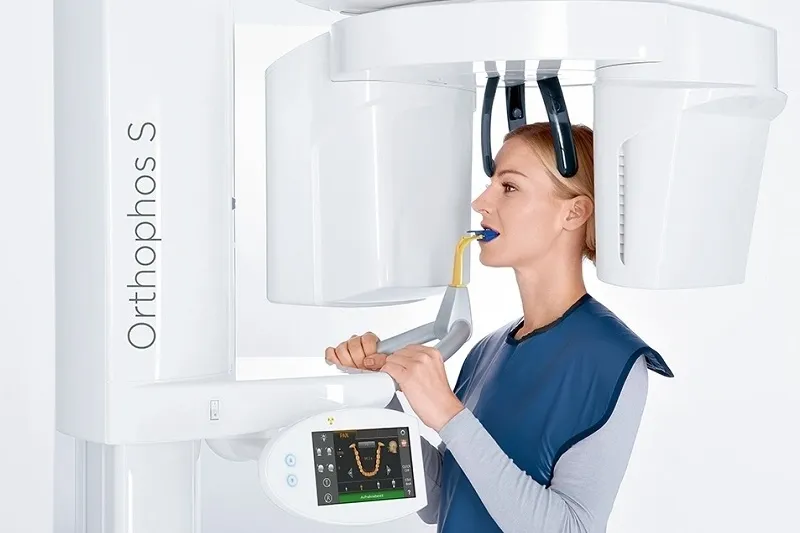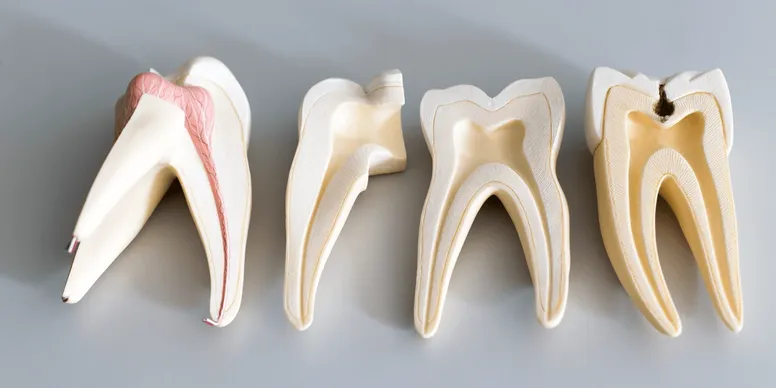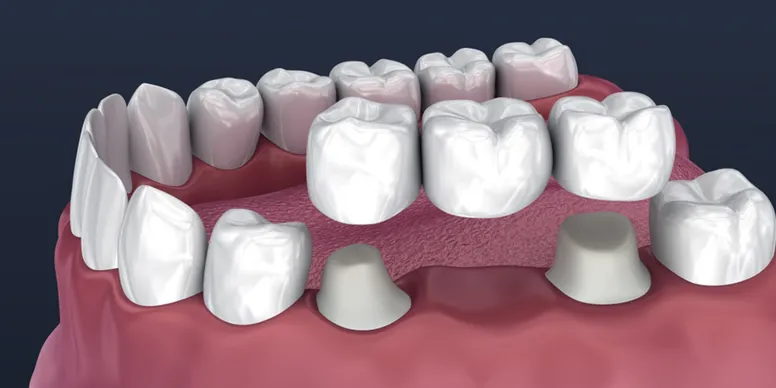Dental X-rays are generally safe, but there is a small risk of radiation exposure. The amount of radiation exposure from a dental X-ray is very low, and the benefits of X-rays outweigh the risks. However, pregnant women should talk to their dentist about the risks and benefits of X-rays before getting them.
If you are concerned about dental X-rays, talk to your dentist. They can help you to decide if X-rays are right for you.






